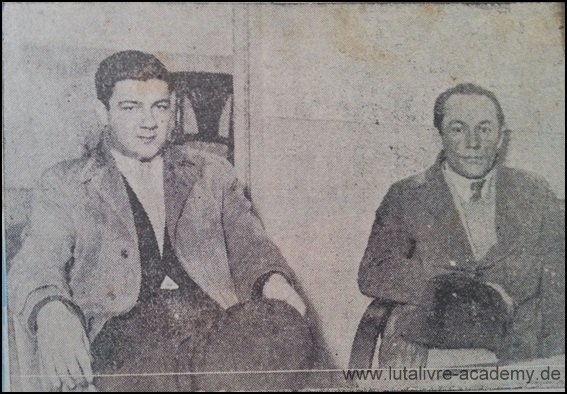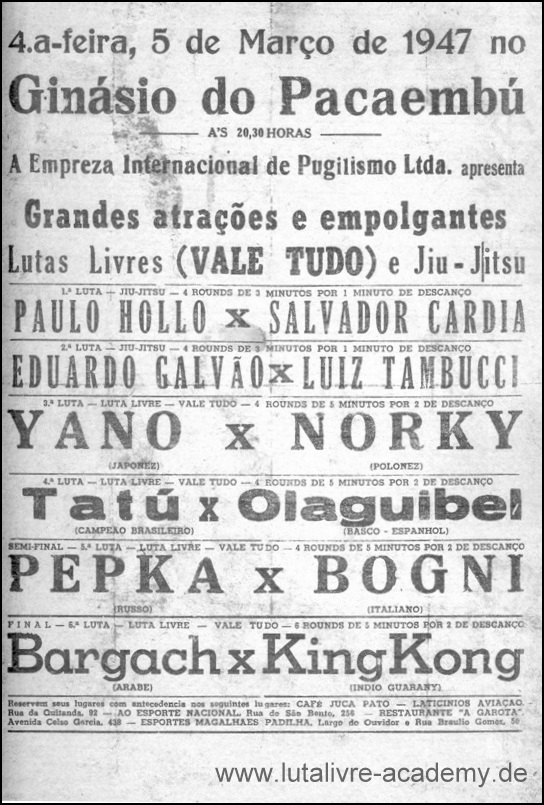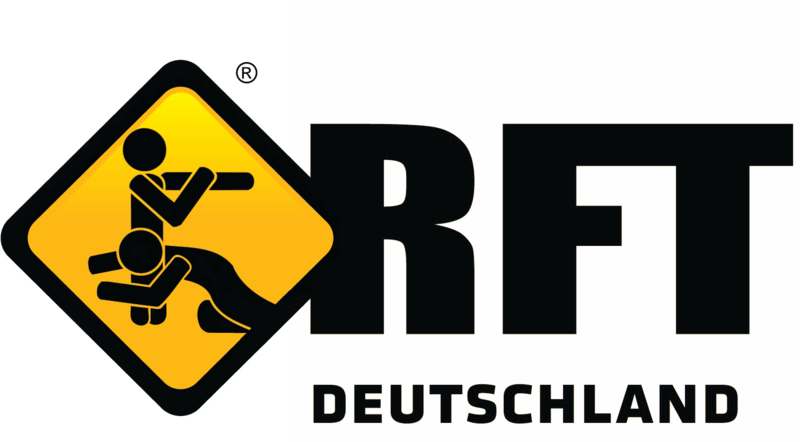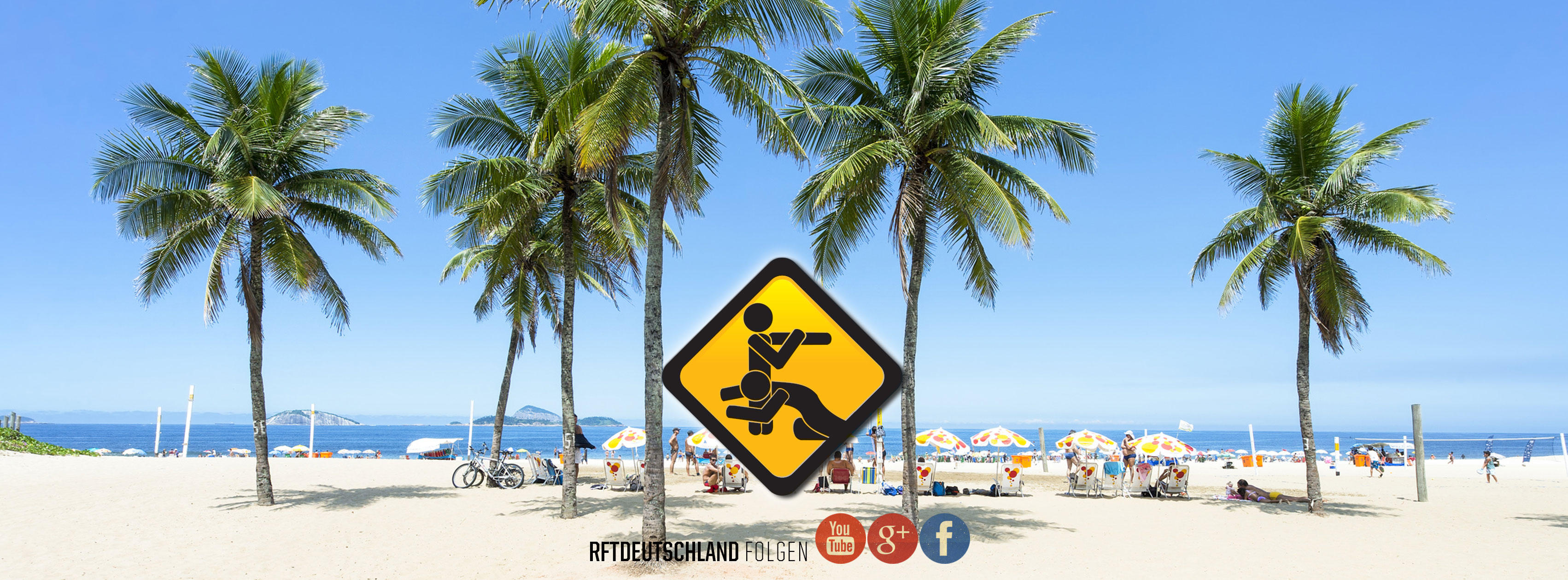The history of Luta Livre and Vale Tudo in Brazil. Part IV
Copyright (2014) by Sportscientist Maciel Welko & Elton Silva. Unauthorized use, reproduction, translation, modification, distribution or duplication, in whole or in part of this article and its content is strictly prohibited. But you are invited and allowed to share the link of this article. Acknowledgments: In addition to the main authors Maciel Welko, R. & Silva E.; the following person Figueira, F.; Hatem, V.; Hull-Styles, M.; Manholi, M.; Milfont, C. have helped and supported us for this articles series. The article series also appear in Brazil..
Euclydes Hatem’s Centenary
Preliminary notes: Much of the history of “Luta Livre” in Brazil is anecdotal and there is no proof of evidence. Systematic research done by Sportscientist and Luta Livre Black Belt "Nico" M. Welko in collaboration with E. Silva, shows a more credible description of the historical development of “Luta Livre” in Brazil. This publication is a summary from more than 9000 collected and evaluated written records* under the standards of scientific research. The references, as longer and more detailed versions, will be addressed in the books of the Authors to be published soon: "Catch; the root of Luta Livre in Brazil" and "Teaching and learning Luta Livre"...
Aloisio Bandeira de Melo "Professor Loanzi"
With the greater commercialisation of Luta Livre business, some promoters began to organize fights with results fixed in advance. In this way, the fighters were able to participate in fights several times within a shorter time period and more importantly, reduce the likelihood of injury. This strategy increased their income significantly. As such, the fighters had to adhere to the agreed contracts of the promoter and these predetermined outcomes were primarily influenced by the stakes of the fans. This method created a rising trend, reaching a point where it started to be very obvious to the fans and sports journalists alike that the fights were disputed neither honestly nor sportingly. Many fighters were not in agreement with this trend and went to the newspaper offices to criticize this approach carried out by the organizers. Mestre "Tatu" was one of them. He was not corrupt and rejected the promoter’s and fighter’s request. As a consequence, he was removed from the championships and remained inactive for some time.Due to this unfavorable development of Luta Livre at the time, the fighting style suffered a huge loss of reputation. The name Luta Livre was increasingly used for worked or show fighting. At the right moment Aloisio Bandeira de Melo arrived with the intention to lead this trend in a new direction. He became a fight organizer and promoter.

Mestre Euclydes "Tatú" Hatem together with Aloísio Bandeira de Melo "Professor Loanzi". Source: Silva, E.; Privat Archives
Besides his activities as an organizer and promoter, "Professor Loanzi" was the proprietor of a training center for Jiu-Jitsu, boxing and Luta Livre in Rio Grande do Sul. Aloisio de Melo organized Jiu-Jitsu, Luta Livre and boxing matches in different cities of Brazil. He trained his fighters and challenged others with his fight team. Due to his prestige as a businessman and coach,"Professor Loanzi" entered into “Mestre Tatú’s" life.

Fightcard from 1947. Source: Silva, E.; Private archives.

